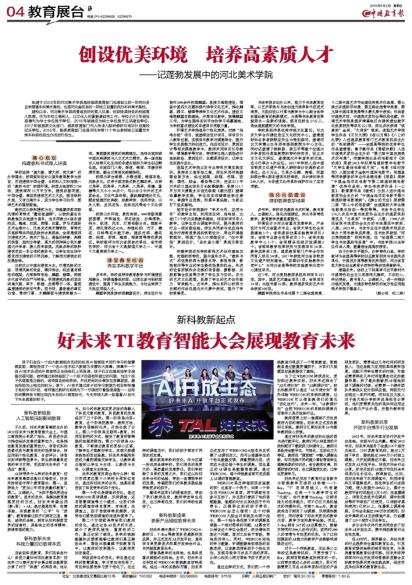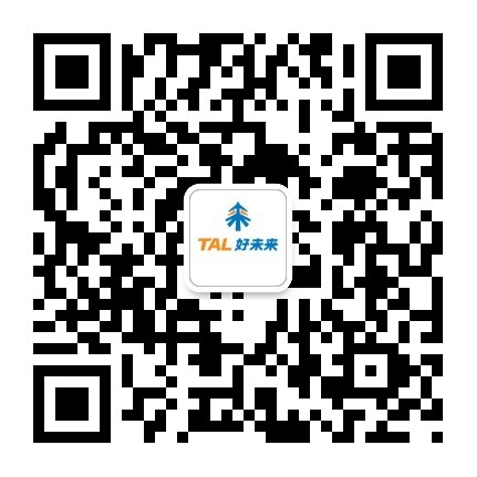
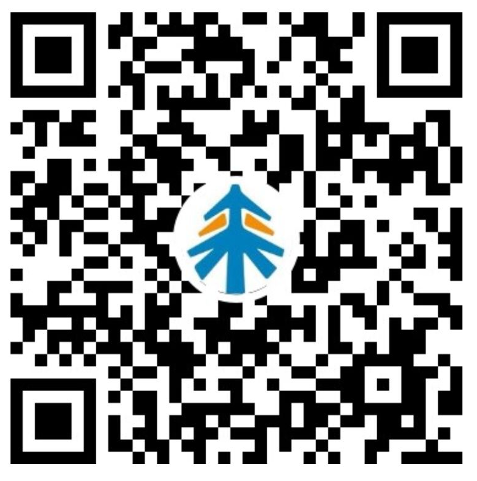
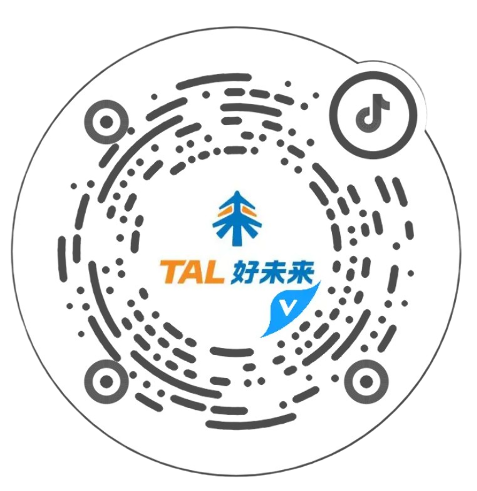
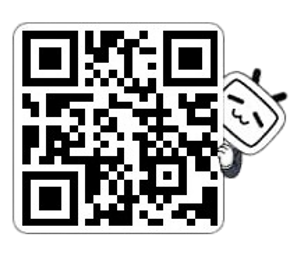
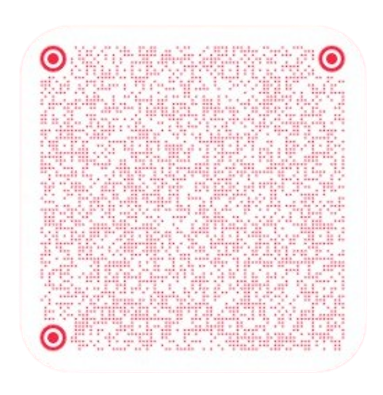
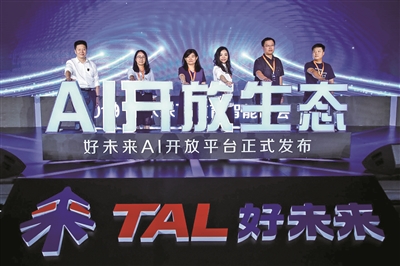
Children are sitting in a smart classroom composed of big data that utilizes AI intelligent technology for learning. The blackboard has become a large screen supported by AI technology and big data, where a foreign teacher synthesized by AI technology is teaching them English. The children are eagerly raising their hands to answer questions, and the teacher randomly selects a child’s answer from the system. If the child's answer is correct, the teacher will praise him and put his picture on the screen, as well as give the corresponding points. After class, AI technology customizes a unique learning plan for each child based on their learning data. The teacher prepares for the next class using the teaching research cloud system. Scenes like this are likely to appear in the future AI education era. Today, let's take a look at the future of education in the AI era.
New trend in education: Artificial Intelligence profoundly impacts education
Not long ago, at the 2019 New Oriental TI Education Intelligence Conference hosted by New Oriental Education Group, Academician of the Chinese Academy of Engineering Sun Jiaguang pointed out that technological progress has become an important driving force for economic development, as well as for educational development. Combining speech recognition and image recognition with education, it will be applied to personalized education, automatic scoring, and speech recognition evaluation scenarios. Students will receive tailored learning support, leading to adaptive education for the future.
What will AI bring to the future of education? Bai Yunfeng, the President of New Oriental Education Group, stated that New Oriental has always adhered to two educational concepts: first, it assists in achieving "fairer and higher quality education"; second, it cultivates virtues and talents to "provide more suitable education for children." Technological progress is the best way to achieve universal education more effectively. New Oriental hopes to use (teach + educate) × AI to realize the "fairness" and "quality" of education by increasing efficiency and improving experience. Education should enable children to develop integrity, kindness, and honesty, provide a guide for recognizing and exploring the world, encourage independent thinking, and foster the ability to obtain happiness.
New future in education: The power of technology returns to the essence of education
When it comes to technology education, what are we talking about? How does technology return to the essence of education? Huang Yan, CTO and President of the Open Platform Division of New Oriental, shared his reflections on "science and education." He believes that today's science and education actually refer to education that incorporates technological elements. The development of technology education has gone through three stages. The first stage is content + education, where teaching, teaching methods, and teaching content are deconstructed, and division of labor has started to emerge. The second stage is the Internet + education, which uses Internet methods to solve the geographical limitations of educational resources. The third stage is AI + education, which is continually approaching the core areas of education. Understanding students is crucial for effective teaching, enabling systematic adaptive education. New Oriental hopes to use the power of technology to hand over the classroom to the students, allowing teaching to truly focus on students, teachers to lead, and classrooms to become the main battlefield.
What kind of changes will the future of education bring? Zhou Caihong, the Principal of the Tenth Elementary School in Xixia District, Yinchuan City, stated that through cooperation with New Oriental, she has truly felt four changes brought by technology.
The first change is in the classroom. Through the WISROOM English course, dual-teacher classrooms, and smart classrooms, our school's classrooms have become more nutritious and flavorful. Children are especially active in class, indicating that they feel the taste and nutrition of the class.
The second change is for teachers. With the introduction of AI technology, teachers' mechanical and repetitive work has been reduced, which truly reduces their workload. Scientific universal testing data and feedback truly enable teachers to be liberated, releasing energy into education, and improving the efficiency and warmth of teachers.
Another change is for students. Through smart classrooms, students' learning is more efficient, and they feel that learning is more personalized. In such classrooms, our students develop at different levels.
Finally, there is the change for schools. As an outstanding branded school in the region, we shoulder a greater responsibility for high-quality development. In addition to our own development, our school's experience in cooperation with New Oriental is helping drive the development of some weaker schools and aims to bring our educational and practical experience to more children.
Overall, our classroom is changing, driving changes in our teachers, and then in the students. All of these are changing, and so our school has also changed.
New achievements in education: Describing the future of education with updated products
New Oriental focused on displaying the latest research and development achievements in educational technology, including WISROOM 2.0, educational research cloud, T-Box, and formally launched the AI open platform, announcing the open source of their accumulated technology to the entire industry to explore the future of education.
The classroom is the main battlefield for teaching and also the main battlefield for empowering technology. Last year, New Oriental's independently developed WISROOM smart classroom debuted impressively. After a year of testing and adjustment, New Oriental officially released the WISROOM 2.0 version and defined the AI course, which adjusts the teaching content based on individual student data, making it an adaptive course for each student. Therefore, a true AI course is also a data intelligent course. Through WISROOM, every traditional classroom can become a smart classroom that can offer AI courses.
How does WISROOM customize teaching based on individual student needs? Here's an example: If a student in WISROOM hasn't participated in two consecutive classes and the system has identified that their time for answering questions is longer than average, and the accuracy of their answers is lower, what will WISROOM do? At this point, the WISROOM system will send two instructions: the first is to ask a relatively simple question in the next class that the AI algorithm can guarantee the student will answer correctly, then praise them and help them regain confidence. At the same time, WISROOM will provide the student's learning and listening data to the on-site assistant teacher, enabling personalized attention for the child to discover the reason behind their poor academic performance. This approach provides the child with more attention from both a confidence and care perspective.
In this way, we have transformed traditional classrooms into smart classrooms. Smart classrooms understand students' needs better through data, providing the foundation for large-scale personalized education.
To continue the evolution of WISROOM and better tailor it to actual teaching, New Oriental has also launched the "AI Angel Plan" and "AI New Course Plan." Principals and teachers are given the opportunity to experience the system and courses of WISROOM first through the "AI Angel Plan", allowing WISROOM to evolve through the feedback of teachers. For the next year, the "AI New Course Plan" will open the system and course content creation tools of WISROOM to the industry.
Teachers need quality research content to aid in giving a good lesson. New Oriental has officially launched the Educational Research Cloud system. This system collects the core teaching and research resources from New Oriental's 16-year history.
By digitizing New Oriental's teaching materials and published books, teachers can download relevant materials and questions to their lecture notes and courseware. The Educational Research Cloud is fully digital, visual, and interactive. Teachers can input the course name into the "search box", allowing them to choose different media materials to help students understand abstract knowledge, saving teachers time and accumulating resources, making classes more lively, and nurturing students' love for learning.
New Oriental has also released the first AI terminal designed specifically for smart teaching in the education industry - T-Box. "T" represents "Teaching," a "brain" born for teaching. It also stands for "Thinking," as it has strong thinking capability, going beyond simply transmitting knowledge mechanically. After installing T-Box, a classroom has access to AI courses, dual-teacher lessons, and the educational research cloud, as well as better teaching content, methods, and teaching experience from New Oriental. Furthermore, T-Box has an AI computing capacity of 16T, supporting motion recognition for 800 people simultaneously, or facial expressions and concentration recognition for 200 people concurrently. This allows for the rapid and stable operation of the AI capabilities and teaching products mentioned earlier.
For a traditional classroom, whether it's a public school or an educational institution, as long as T-Box is installed, everything available in a smart classroom is accessible. To achieve such a wide range of AI capabilities in the past, we may have needed a few hundred AI scientists, corresponding product development teams, and several years of research and development investment. Adapting these capabilities to meet the needs of different students requires additional years of algorithm optimization and data accumulation. Afterward, landing AI into offline courses would require a hardware team to resolve a series of problems from design to supply chain to delivery and maintenance. Such an enormous investment is unnecessary for the vast majority of schools; instead, they need to focus on how to apply these AI capabilities to generate value and improve teaching effectiveness.
New shared education in the new age: Open platforms work with the industry to develop
In 2018, New Oriental announced the implementation of an open platform strategy to achieve win-win cooperation with the industry. By the end of 2018, New Oriental had served 234 cities and regions across the country, with 1107 educational institutions, over 20,000 offline students, and provided more than 10 million hours of online courses. Beyond just opening courses, New Oriental officially launched the AI open platform, sharing its technology with the entire industry. All open AI capabilities have been fostered and optimized within the New Oriental system and have been verified. For example, in New Oriental's offline dual-teacher classroom, speech and text understanding technologies are used to correct students' oral practice questions, increasing efficiency by over 20%, saving teachers more than 50,000 hours; voice interaction technology is widely used in live streaming classes before, during, and after the class, with more than 300 million uses of oral language assessment, and during the summer vacation's peak teaching season, there are over 2 million uses per day. New Oriental's AI interactive classrooms product has covered 129 cities and 60,000 students.
Representatives from various partners jointly launched the New Oriental AI open ecology, working together to promote the healthy development of the education industry.
In the AI era, the trend of cross-border integration and co-creation and sharing of the industry will reconstruct the education ecosystem, triggering fundamental changes in the supply of educational resources and creating the potential for high-quality universal education. New Oriental will continue to be open to the industry and share the best practical achievements of advanced intelligent technology integrated into actual teaching scenarios and promote the creation of a co-creation and sharing of a new education ecosystem.
